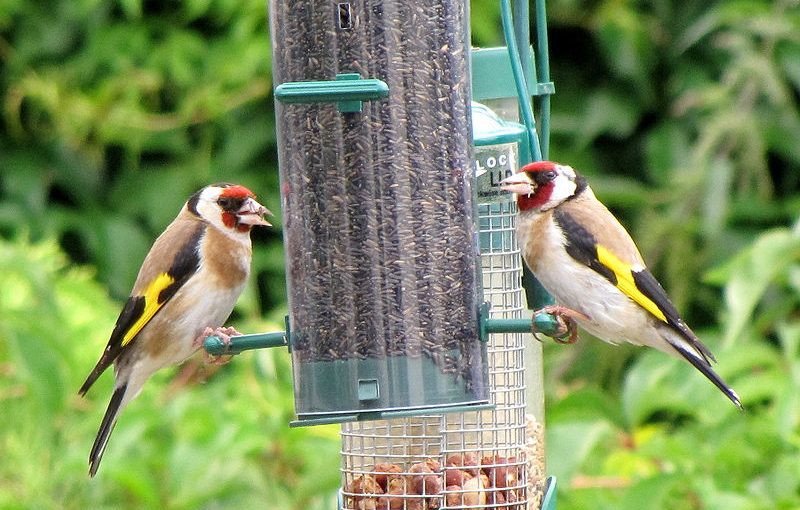Many wildlife species persist on a network of ephemerally occupied habitat patches connected by dispersal. Provisioning of food and other resources for conservation management or recreation is frequently used to improve local habitat quality and attract wildlife. Resource improvement can also facilitate local pathogen transmission, but the landscape-level consequences of provisioning for pathogen spread and habitat occupancy are poorly understood. Here, we develop a simple metapopulation model to investigate how heterogeneity in patch quality resulting from resource improvement influences long-term metapopulation occupancy in the presence of a virulent pathogen. We derive expressions for equilibrium host–pathogen outcomes in terms of provisioning effects on individual patches (through decreased patch extinction rates) and at the landscape level (the fraction of high-quality, provisioned patches), and highlight two cases of practical concern. First, if occupancy in the unprovisioned metapopulation is sufficiently low, a local maximum in occupancy occurs for mixtures of high- and low-quality patches, such that further increasing the number of high-quality patches both lowers occupancy and allows pathogen invasion. Second, if the pathogen persists in the unprovisioned metapopulation, further provisioning can result in all patches becoming infected and in a global minimum in occupancy. This work highlights the need for more empirical research on landscape-level impacts of local resource provisioning on pathogen dynamics.

Heterogeneity in patch quality buffers metapopulations from pathogen impacts
See full text at https://link.springer.com/article/10.1007/s12080-015-0284-6
Becker, D.J., and Hall, R.J. (2016). Heterogeneity in patch quality buffers metapopulations from pathogen impacts. Theoretical Ecology 9, 197–205.